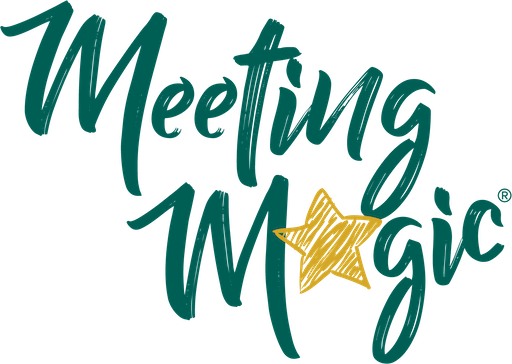As someone who loves groups and community, am lucky enough to have lots of positive experiences of groups but I realise this is not common for everyone. Working in groups can create mixed experiences – from the exhilarating joy of deep connection to the deep discomfort of unresolved conflict.
The joy of group working
Many workplace groups are so task-oriented that there’s little room for anything beyond transactional interactions, whilst this prevents conflicts from unleashing in meetings it also leaves people feeling disconnected. Creating a space where profound work can flourish requires time, care, and skill but when these are invested, the sheer joy and sense of belonging that can emerge from these spaces is amazing.
Learning together in groups is a transformative experience, distinct from conventional training sessions which are done in groups for effeciency. It involves a collective exploration of challenging questions, where diverse perspectives are not only welcomed but celebrated.
Similarly, connecting deeply with others in a group setting can be profoundly moving. I recently had the privilege of participating in a gathering of women where the bonds formed were palpable, and the sense of love and connection was undeniable.
Joy rarely emerges by accident in groups
Yet, I’ve noticed that such enriching group experiences are increasingly rare within organizational settings. The relentless pursuit of profit and productivity often stifles our ability to tap into our collective potential and achieve meaningful outcomes together.
This disconnect is also evident in educational settings, where group projects have become a standard part of most courses. While the intention behind this shift is commendable – fostering collaboration and among students – the execution often falls short. Without expert guidance on navigating group dynamics, these experiences can be more discouraging than empowering, deterring students from future collaboration.
To any young person navigating group work, I urge you not to lose faith in collaboration. Instead, seek opportunities to learn and develop the skills necessary to navigate group dynamics effectively.
Working through the pain of conflict
Conflict, a natural and inevitable aspect of group dynamics, is something I’ve been reflecting on extensively. While leaning into conflict may feel daunting, it’s essential to recognize its transformative potential. Unresolved conflict can drain the collective energy of a group, stifling creativity and innovation. However, when addressed openly and honestly, conflict has the power to fuel collective achievements and deepen bonds between group members.
Navigating conflict requires a different form of love – one rooted in honesty and transparency rather than harmony. While it may feel uncomfortable at times, confronting conflict head-on is essential for growth and progress.
In conclusion, the potential joy that lies in group work is well worth the investment in learning and developing healthy working practices. Avoiding the soul sucking experience most people have in their everyday meetings for the sake of developing some new capabilities seems a small price to pay. However, I realise my views are not conventional so, to the few of you that see the value in learning how to work with groups dynamics, just remember all it takes is one person in a group to improve the group experience and create some joy.
